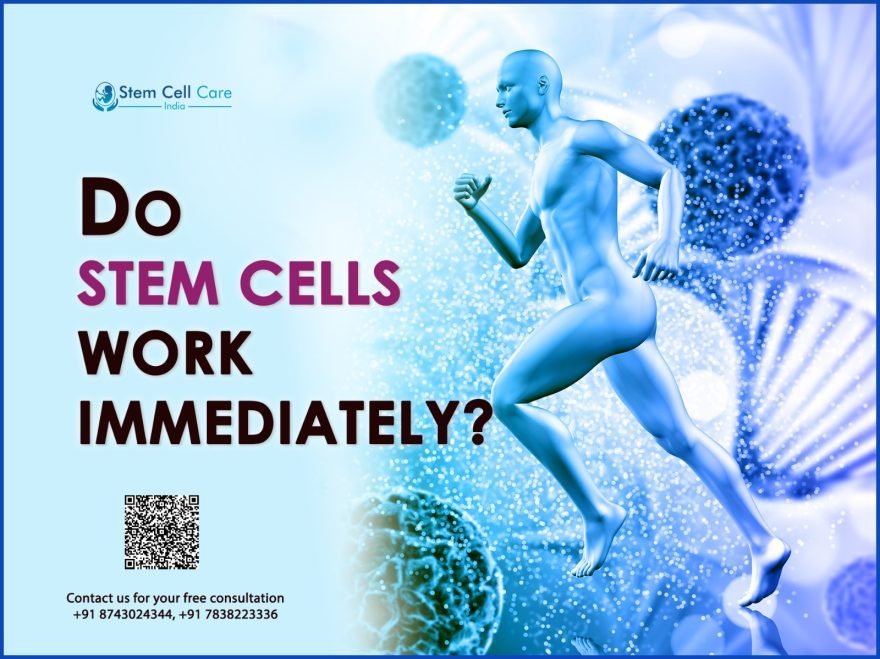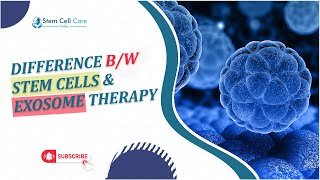Table of Contents
Stem cells are specific cells in the body that help in repairing tissues, which in turn helps to treat various diseases. They are excellent for use in regenerative medicine and can be hoped to be effective for arthritis, nerve damage, and organ repair.
The many patients who seek stem cell therapy in India wonder whether its effects are immediate or take some time to be realized. In this regard, the answer will depend on various factors, including the condition that is being treated and the patient’s response.
In this blog, we shall explain the timeline of stem cell therapy results so that you know what to expect after undergoing this innovative treatment.
Why Are Stem Cells Being Used To Treat Various Medical Conditions?
Due to the stem cells’ extraordinary ability to either repair or replace damaged cells within the body, they are widely used to treat various medical conditions. They hold the potential of developing into different types of cells, including muscle, nerve, or blood cells, and so are the perfect treatment for diseases caused by the damage or complete absence of some cells.
Diseases like Parkinson’s disease, heart disease, and diabetes, in which repair of the tissue or recovery of the normal function can be achieved by means of stem cells. They also heal injuries, burns, and autoimmune diseases, accelerating healing by reducing inflammation.
However, there is hope in stem cell therapy in Delhi for those ailments that still do not have an effective treatment available today. Stem cell treatment allows doctors to create customized medicine, perhaps even better results with reduced side effects. Research with stem cell therapies continues growing and brings new possibilities into the realm of medicine while working to make the lives of many patients better.
Can Stem Cells Have an Immediate Effect?
No, stem cells don’t show their immediate effects because it heals the disease by restoring the damaged cells and this procedure takes time. Most people think of stem cells to treat their numerous diseases, but in fact, these stem cells cannot give instantaneous results. Time plays an essential role in recovery and improvement as everything depends upon factors. Now let’s talk about why these treatments of stem cells are not so instantaneously working:
- Type of condition: The prognosis of the medical condition being addressed may influence how fast the treated stem cells might show results. Chronic diseases generally take longer for improvement.
- Type of stem cell used: How fast the rate of action occurs may vary by type of stem cells, (adult, pluripotent, iPSCs) – depending on what kind of cells they can replicate.
- Age and health: The younger and healthier the person, the faster they might respond to stem cell treatment in India, as compared to others who have been weakened either by age or immune system factors.
- Treatment site: In some places, like with injury healing, results can appear sooner, while others take a longer time, depending upon the condition of the patient and the nature of their disease.
- Cell Dose: the dose of stem cells administered can also vary, which will influence the speed of action. A higher dose may probably increase the acceleration of healing. However, this is different for different people.
- Patient’s healing response: It is on the healing response of the patient. Every person reacts differently to these cells, which is determined by inflammation, immune activity, and the healing process.
Closing Thoughts
The results of stem cells are not immediate. It may take some time for the stem cells to integrate into the body and start promoting healing. The process of regeneration and improvement varies with the condition being treated and individual factors. Patience is important, as the effects can be gradual but potentially long-lasting.








